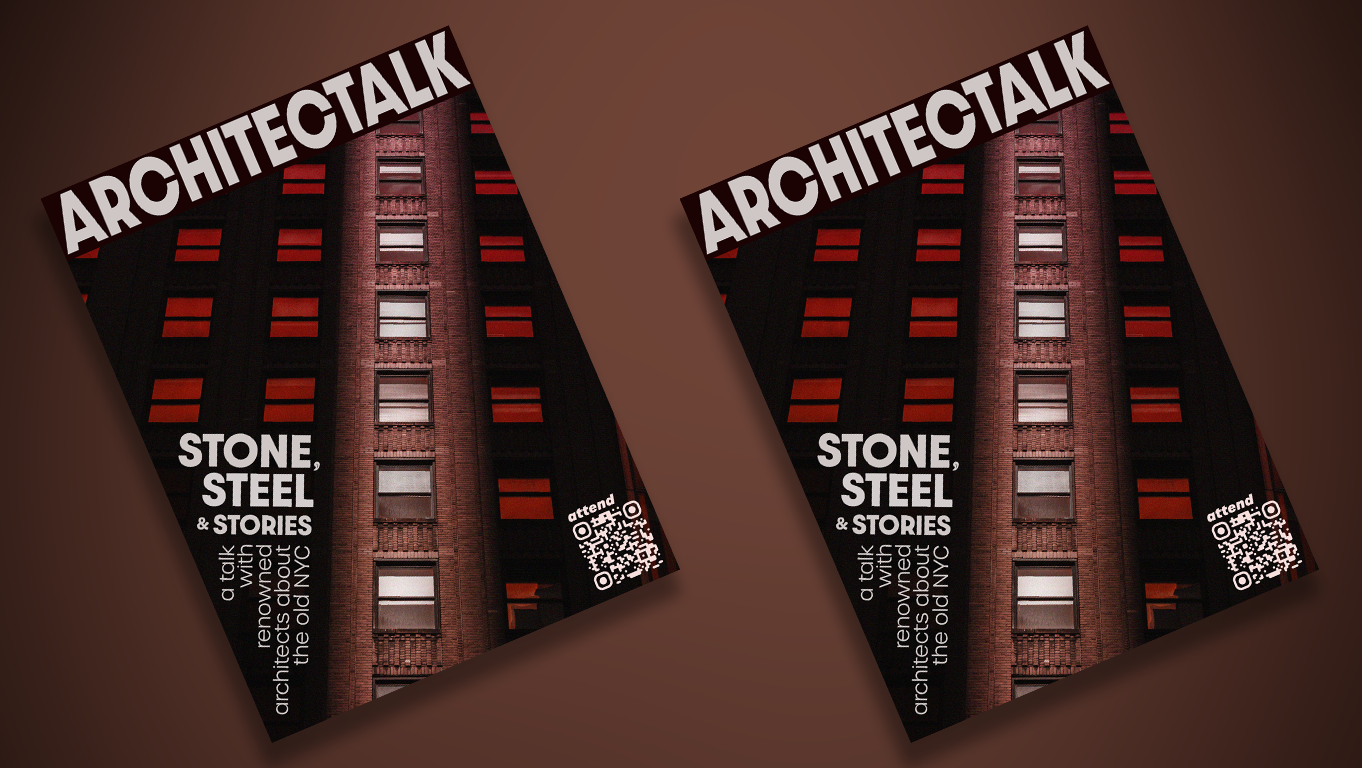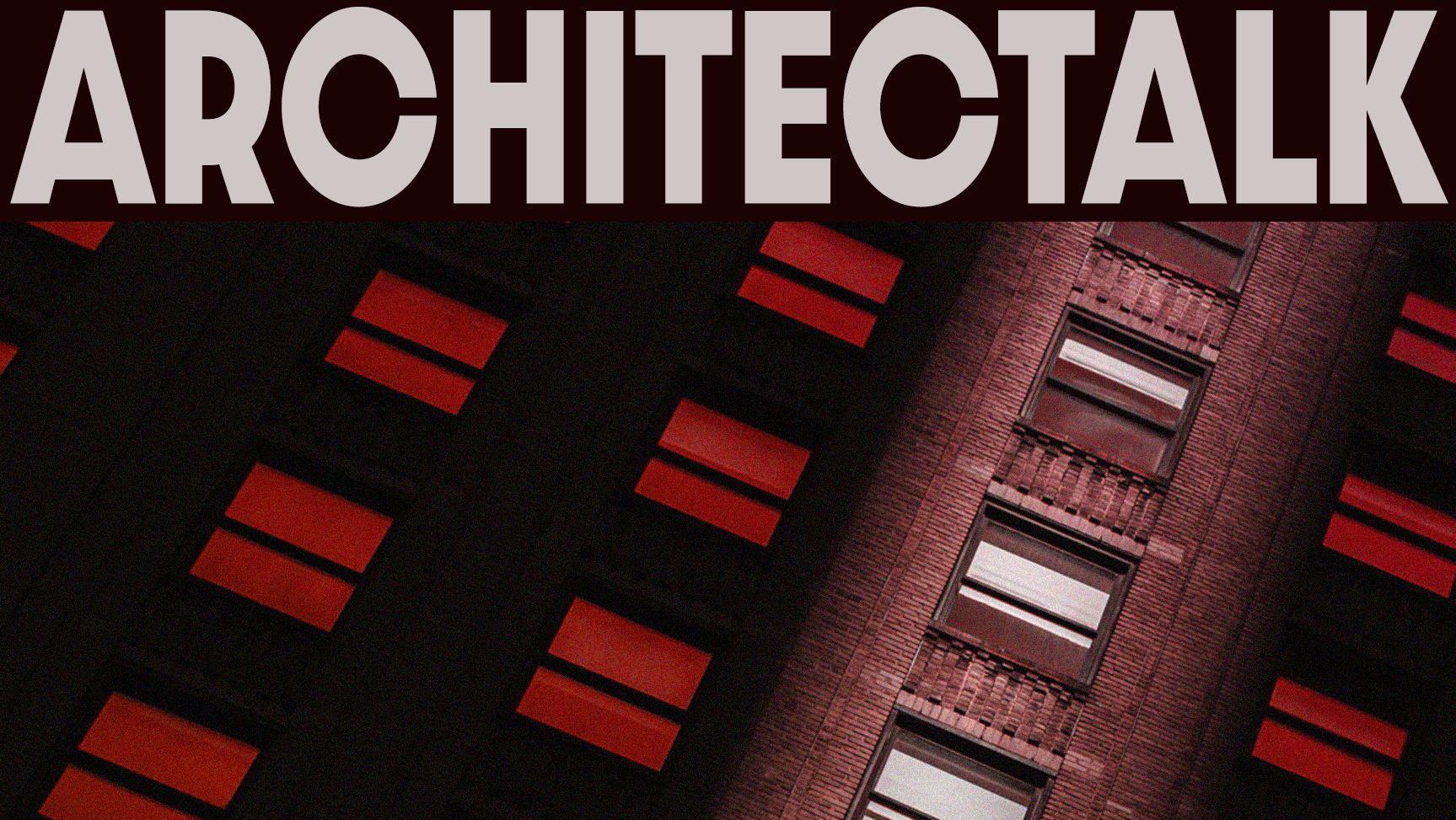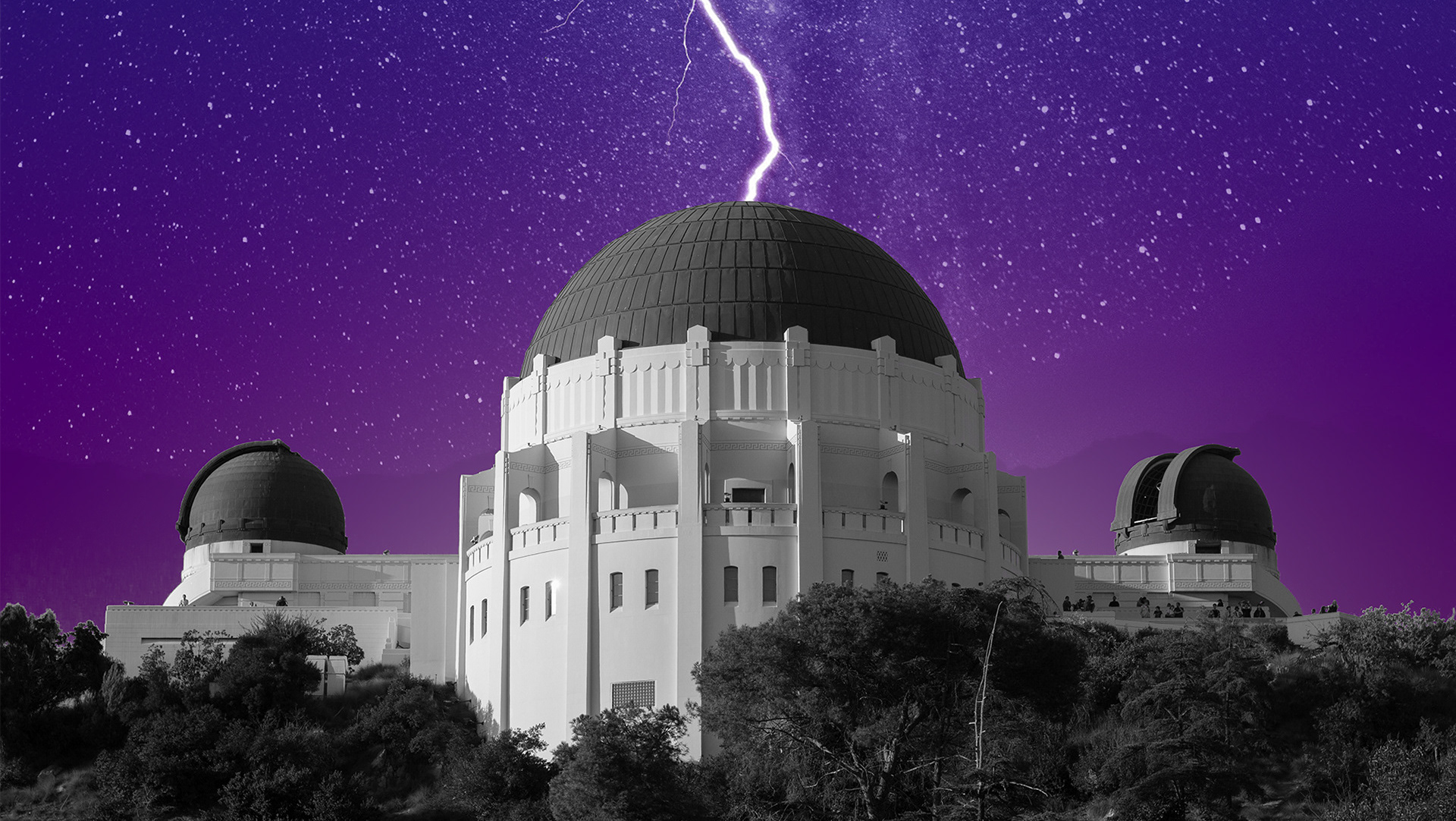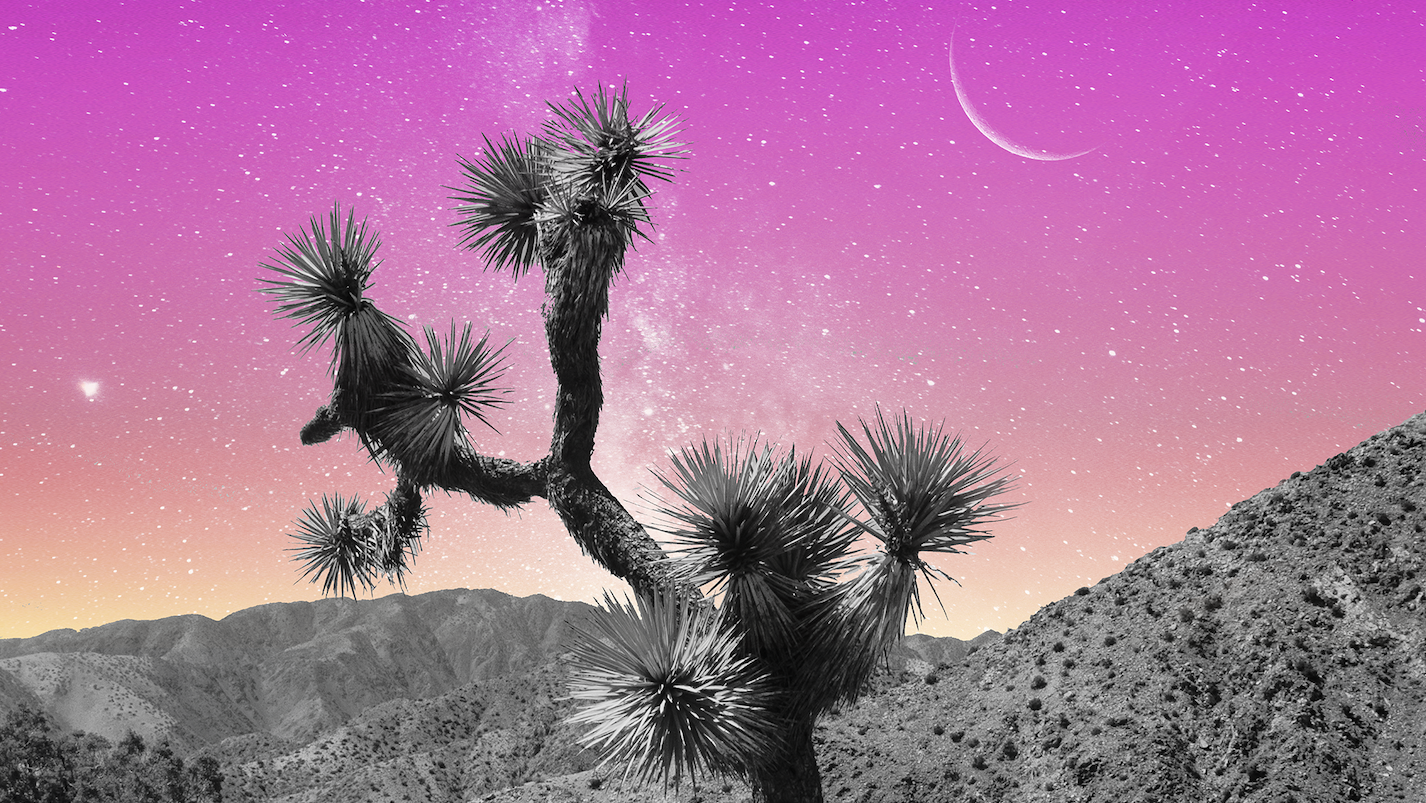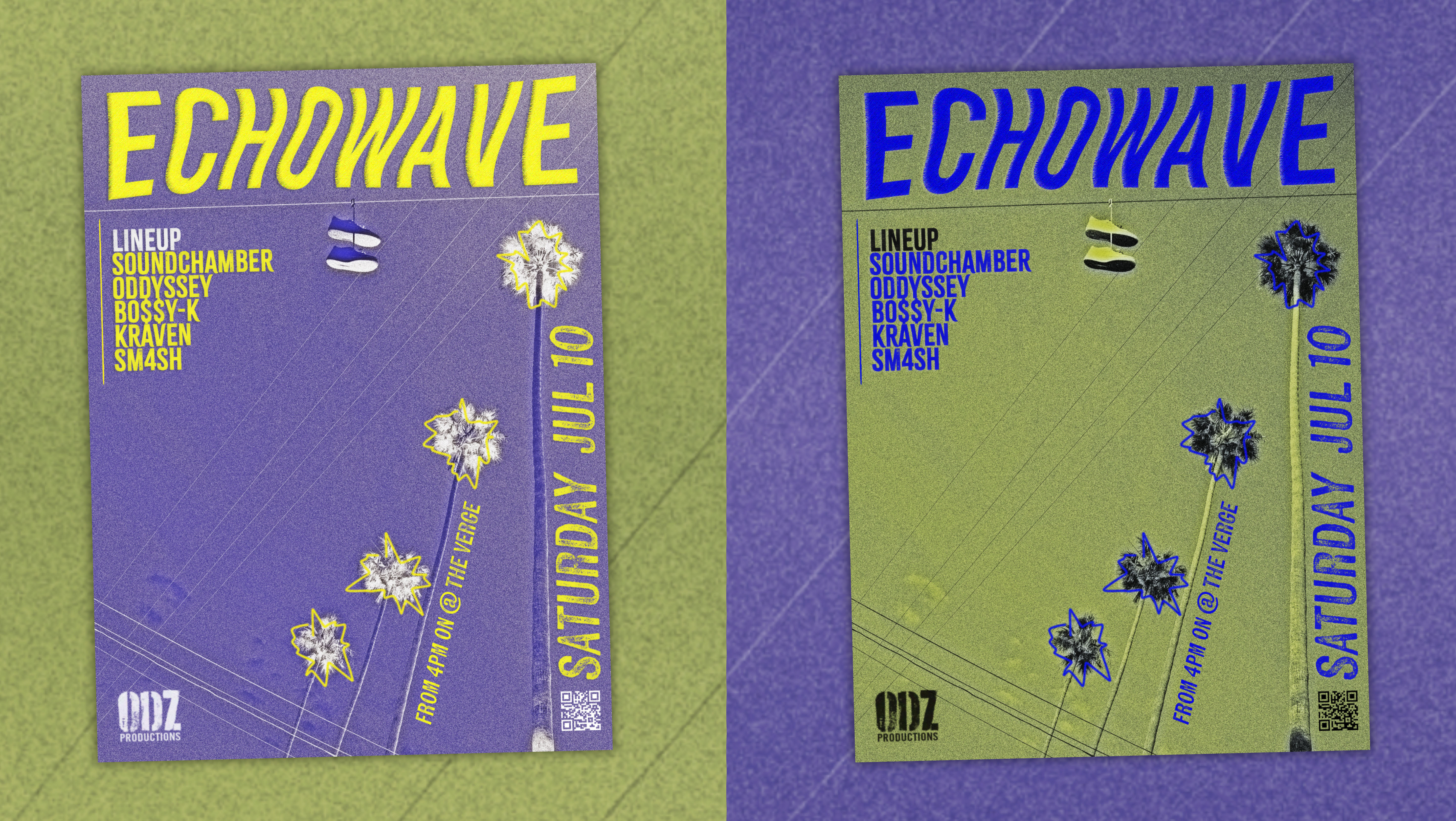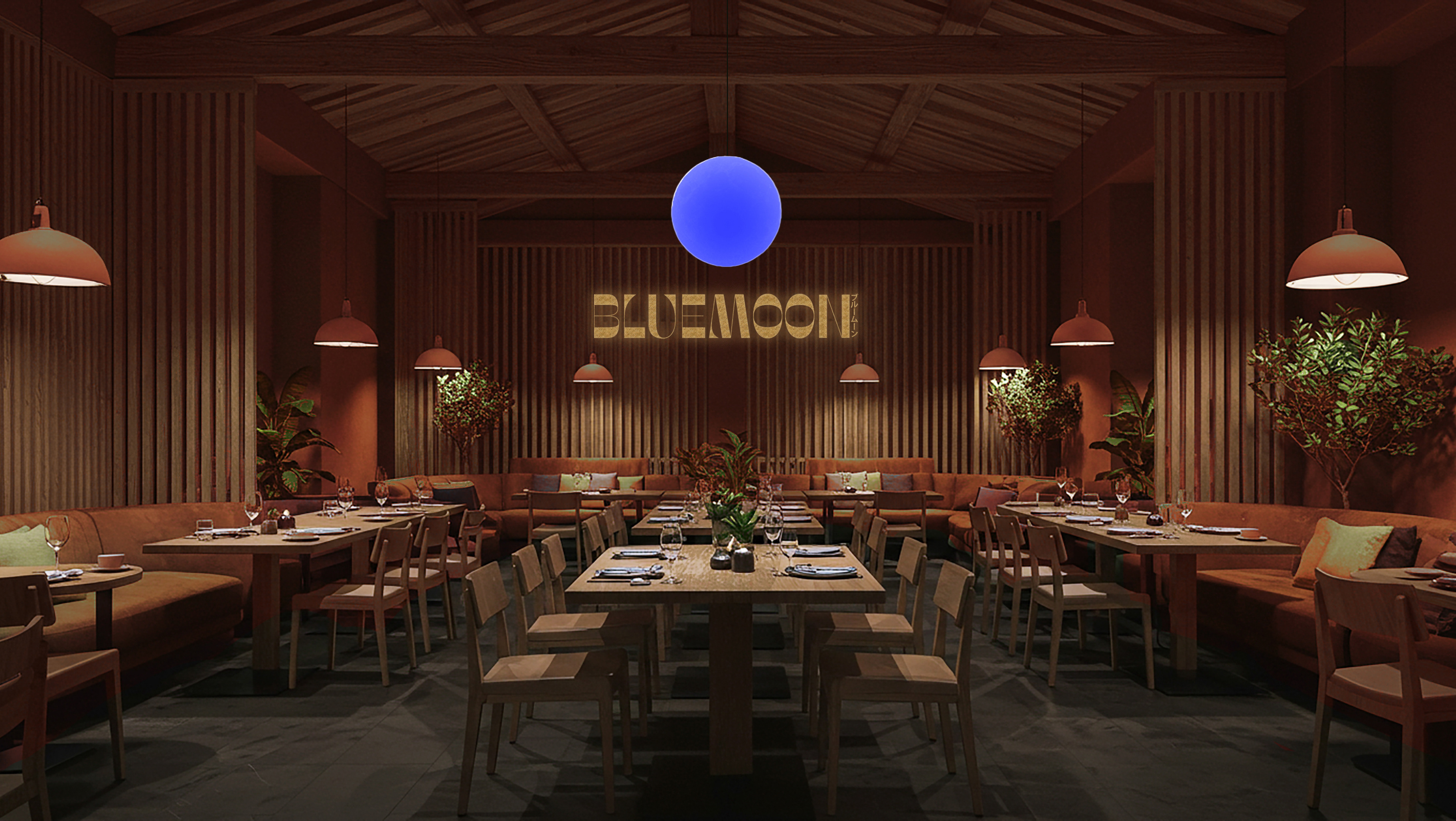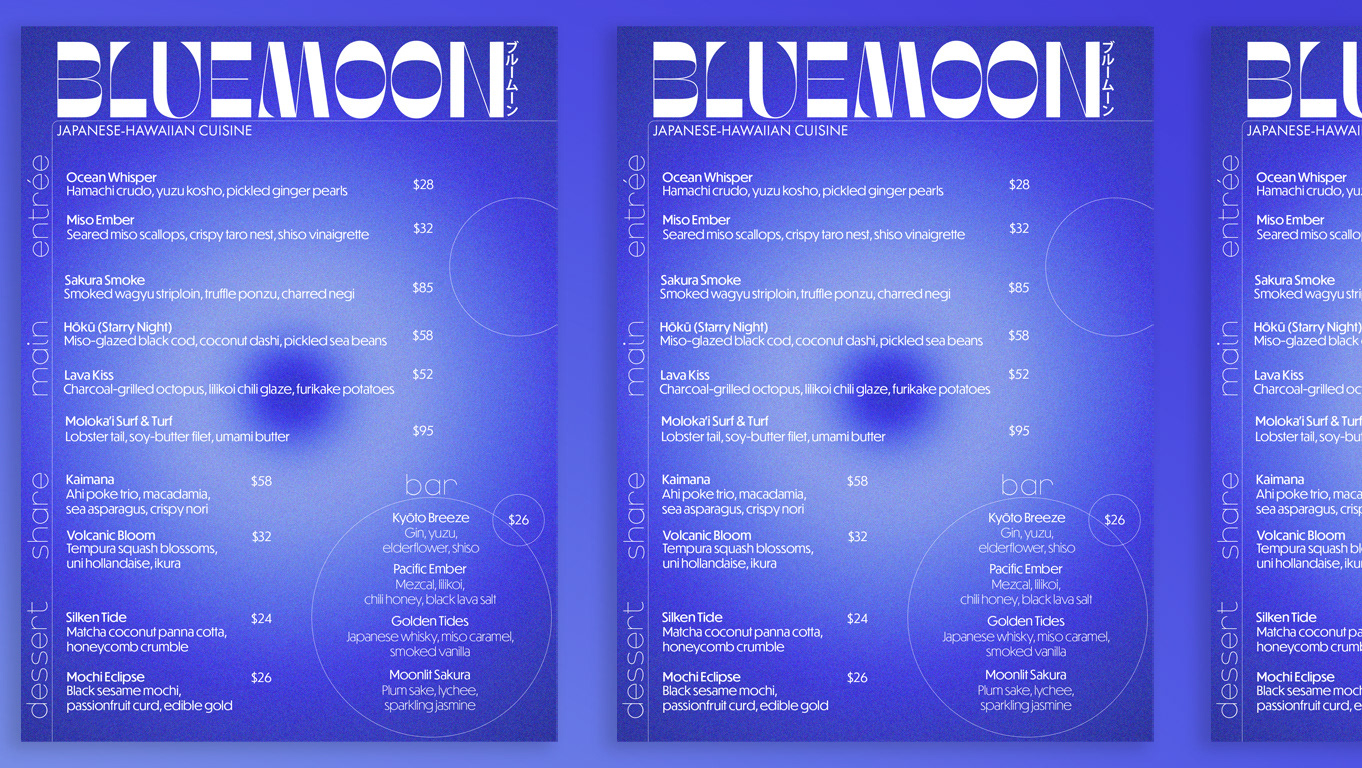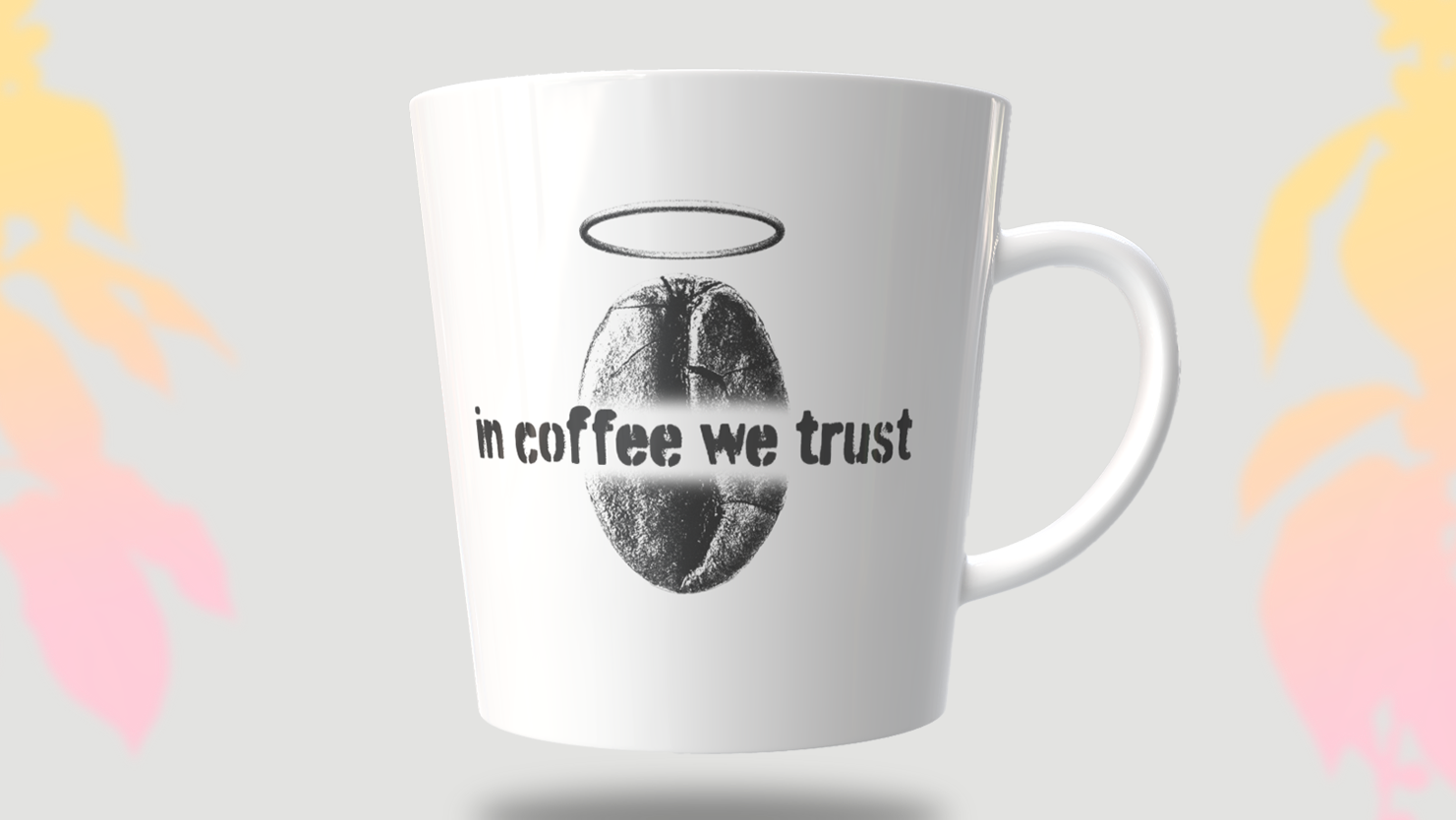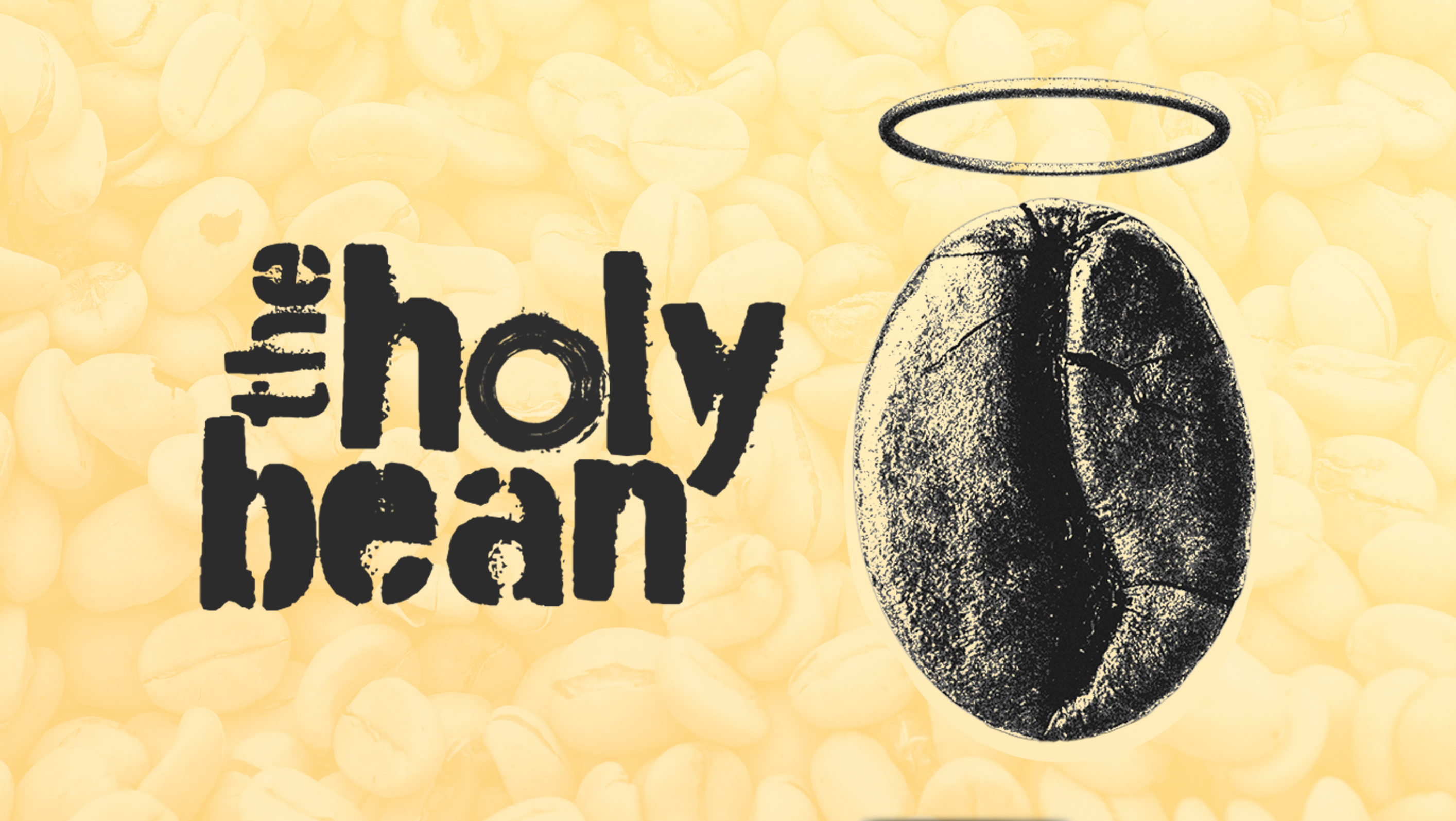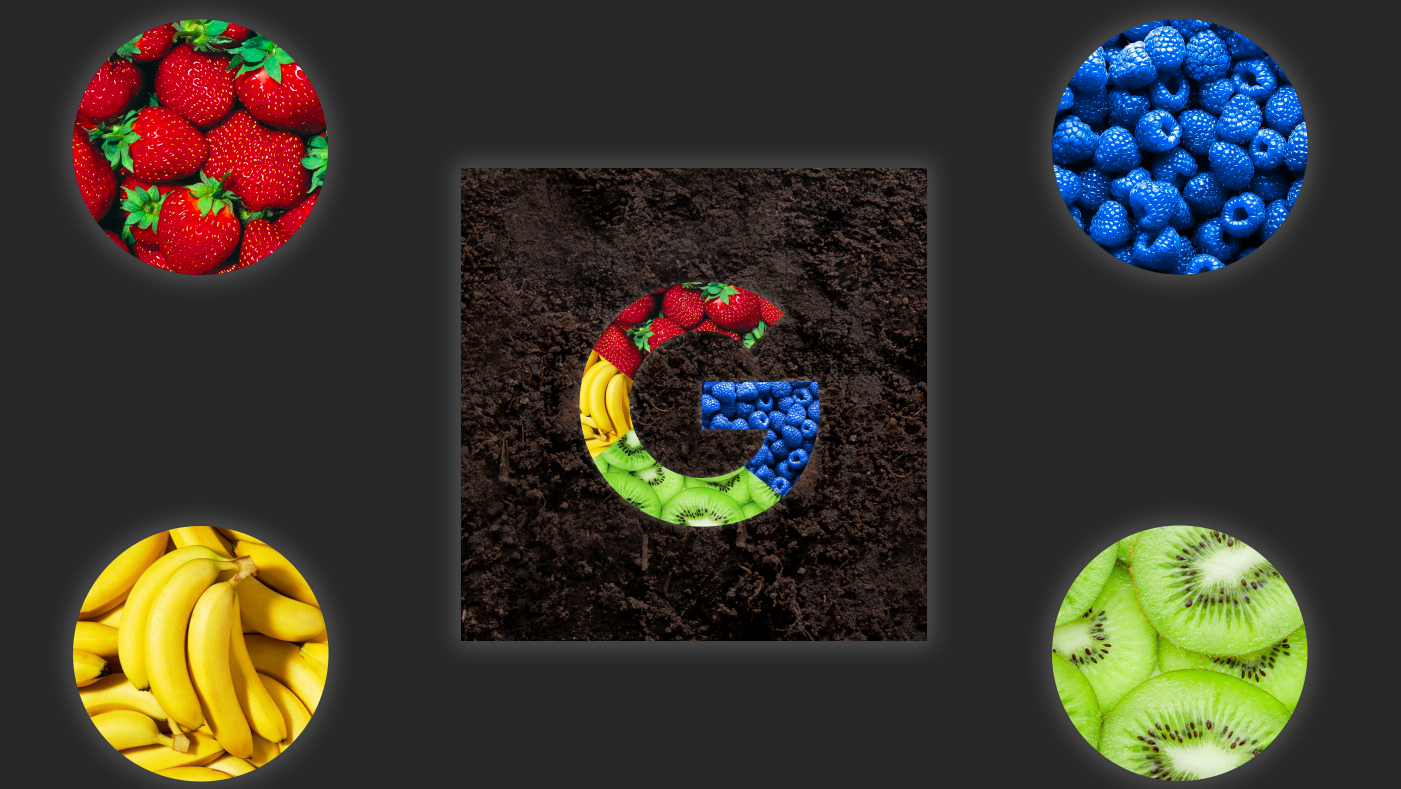As a ‘90s kid, I witnessed the rapid evolution of technology and the rise of smartphones in our daily lives. What once meant a trip to the video store became an instant stream at the tap of a button. A CD wallet packed with favorite albums transformed into a single app filled with curated playlists. Even cash now feels almost obsolete as I simply wave my phone over a payment terminal. The list of objects replaced by smartphones keeps growing, reshaping how we interact with the world.
As a tech enthusiast, I appreciate the convenience and innovation that comes with these advancements, but I also find it fascinating to reflect on the pace of change. This collage series is my way of capturing that transition—blending nostalgia with a visual commentary on how quickly technology redefines our reality.
_________________________
To bring this concept to life, I researched the many everyday objects that smartphones have replaced over time. I then curated a mood board to establish the visual tone, selecting imagery that evokes both memory and modernity while carefully choosing a color palette to enhance the storytelling within each piece.
While working on this project, I also realized how digital images have made collage creation more accessible than ever. What was once limited to magazines and books is now an endless archive of online visuals, making the process faster and more versatile. Don’t get me wrong—I still love the tactile experience of manual collage. Both approaches have their own magic, but digital tools have undeniably expanded creative possibilities.
To achieve the vintage, illustrated aesthetic I envisioned, I used Google’s Whisk—an incredible AI tool that allows you to upload multiple images as prompts to generate unique AI-created visuals. This helped me craft retro-inspired imagery that seamlessly fit the nostalgic tone of my collage, making the process smoother and more efficient.
_________________________
For the composition, I chose a muted green background to symbolize the past, incorporating geometric rectangular shapes and a 1950s carpet texture to reinforce the nostalgic atmosphere. At the center, I positioned a woman styled in 1950s fashion, surrounding her with the various gadgets that, in the next collage, will be replaced by smartphone apps—visually illustrating the rapid transformation of technology over time.
_________________________
For the collage representing the present day, I chose a shade of blue to evoke a clean, fresh, and modern feel. To emphasize the idea of unity, I placed a circle at the center, framing the woman holding her smartphone—as if the world, now seamlessly connected, is quite literally in her hands. I also positioned app icons in the same spots where their physical counterparts once existed in the first collage: the TV became the YouTube icon, the clock transformed into the alarm app, cash turned into the digital wallet, and so on.
_________________________
GOOGLE PIXEL AD (animation)
After completing the collages, I was inspired to take the project a step further—bringing my artwork to life through animation, adding sound and movement to enhance the storytelling. Seeing the transformation unfold made me realize the potential for something bigger. The seamless evolution from past to present, paired with the power of visuals and sound, felt like the perfect foundation for a compelling narrative.
Excited by the result, I decided to reimagine the animation as a Google Pixel advertisement campaign. The concept naturally aligned with the brand’s ethos—highlighting how technology simplifies our lives while giving us more control over how we experience the world. Through this campaign, I aimed to not only showcase my creative process but also spark reflection on the role of smartphones in shaping our daily interactions, past, present, and future.
_________________________
This series is more than just a visual exploration of technological evolution—it’s a reflection on how seamlessly digital advancements integrate into our lives, often without us even noticing. As we continue moving forward, I can’t help but wonder: what everyday objects of today will soon become nothing more than nostalgic memories?

